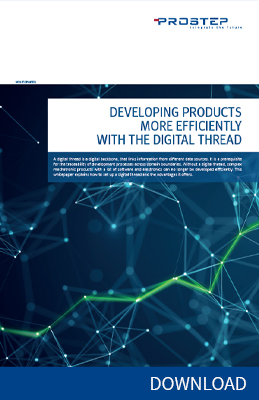
OCX stands for Open Class 3D Exchange Format. The new standard was developed just four years ago in the APPROVE research project under the lead of the classification society DNV and with the participation of well-known providers of shipbuilding-specific CAx systems. The project team then brought the standard into the newly formed OCX consortium with the aim of developing it as agilely as possible while at the same time obtaining a great deal of feedback from the industry. This is why the consortium set up an OCX implementor forum, where the participating software providers can put their interfaces to the test.
The new standard is becoming increasingly popular, not only with shipyards and classification societies but also with providers of CAx systems for shipbuilding. As a result, software vendors no longer have to support the numerous special formats that classification societies use to read 3D models of ship hulls into their verification systems. A large number of classification societies have now also joined the consortium, as they hope that a common process using a common standard will make it easier to implement drawing-free processes.
OCX can save shipyards and design companies man-months of time needed to create drawings and/or special models for the classification societies. If needed, the latter can make direct use of the OCX data for calculations and no longer need to create separate 3D models for this purpose. The next step will involve extending the standard to support round trips in communication between classification society and shipyards. The classification societies return the OCX models with annotations that designers can read directly into their systems. This would significantly speed up processing.
“The new standard has achieved a higher level of acceptance in four years than STEP ever achieved in over 20 years. Most providers of shipbuilding-specific CAx systems have in the meantime implemented corresponding interfaces in their systems or are currently working on them," says Carsten Zerbst, Manager Systems Integration at PROSTEP. The company's shipbuilding experts offer OCX support for legacy systems and systems that do not support the format. They are also developing special tools for embedding OCX in 3D PDF documents so that they can be visualized offline on a tablet computer, for example.
